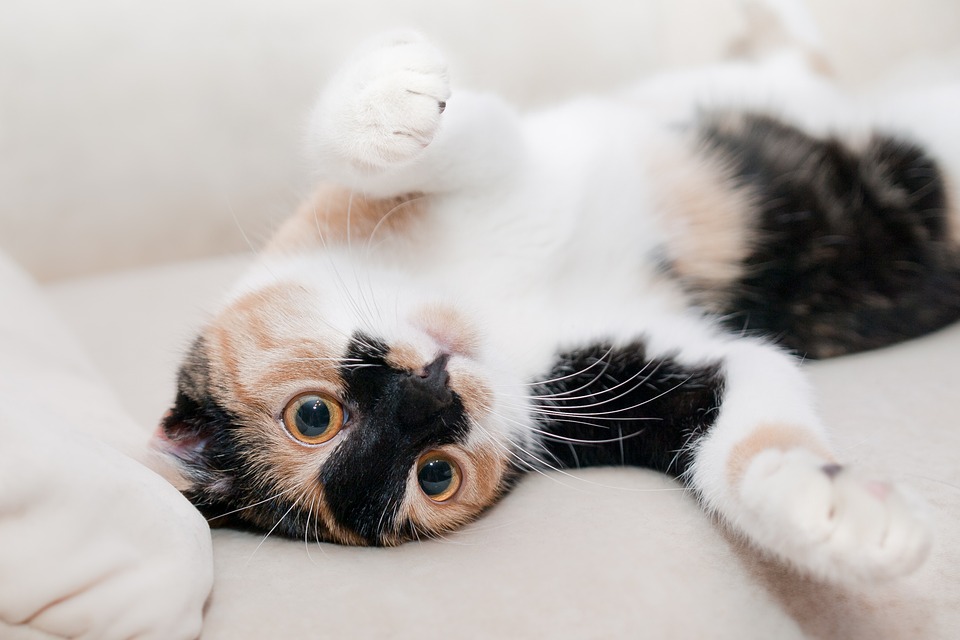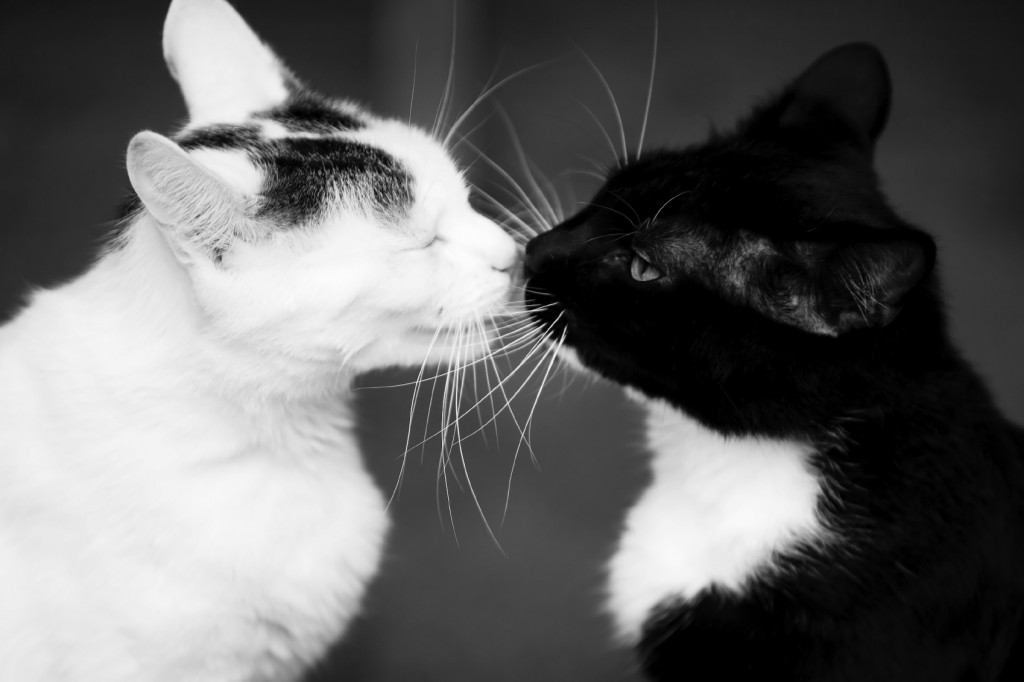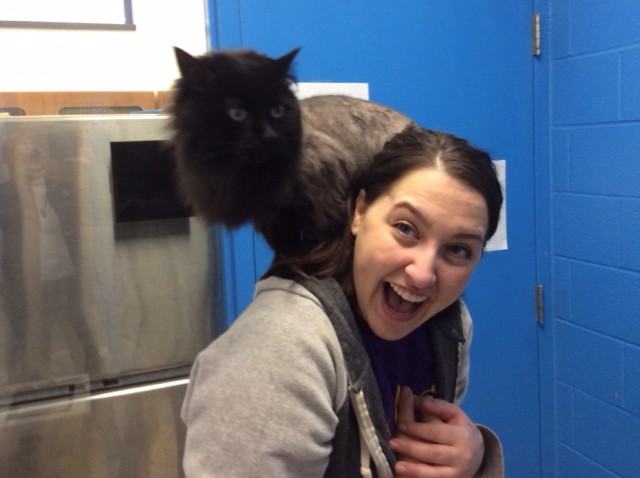 AOL.com recently posted an article about dog people who prefer a cat who has their canine’s “extroverted playfulness”, compared to a cat who displays “quiet affection.” They like cats who will fetch; go swimming; come to you when called by name. They then proceed to list all of the purebreed cats whom they say act like dogs, like the Maine Coon, Burmese; Ragdoll; Burmese; Manx and others.
AOL.com recently posted an article about dog people who prefer a cat who has their canine’s “extroverted playfulness”, compared to a cat who displays “quiet affection.” They like cats who will fetch; go swimming; come to you when called by name. They then proceed to list all of the purebreed cats whom they say act like dogs, like the Maine Coon, Burmese; Ragdoll; Burmese; Manx and others.
While I understand the point, it somehow doesn’t sit quite right with me.
I don’t believe the notion that only certain breeds of cats are extroverted or playful, to the exclusion of all other cats.
First, just like you and me, and the dogs in our lives, each cat has a distinctly unique temperment. There may be characteristics we think are common to some types of purebred cats. And, not just in the case of purebreds but in the case of mixes – you’ve heard of a calico cat’s “catitude” or an orange tabby’s easy going temperment. However, in the final analysis, their background, upbringing and interactions with humans have significant bearing how they act as adult cats, forming their unique personality traits.
Having said that, from observing and interacting with many types of cats over my lifetime, it’s very obvious to me that far more (socialized) cats have a playful, receptive personality than not. Interestingly enough, the regular garden variety of cats, like tortoiseshells or tuxedos especially follow this pattern. They, like their canine counterparts, co-habitate well with other household pets; are energetic and playful; and like interaction with humans. However, just because cats are “quietly affectionate”, doesn’t mean there isn’t a perfect human match for them out there as well!
The long and short of it is…let’s not stereotype our feline friends! Finally, let’s celebrate their uniqueness and realize there is a place in our lives for the adventurous Tigers as there is for the quiet, affectionate Lilies.



